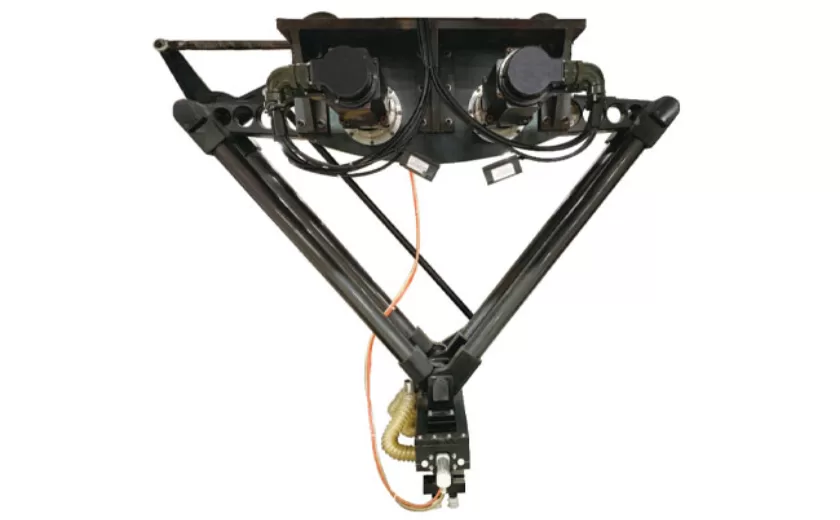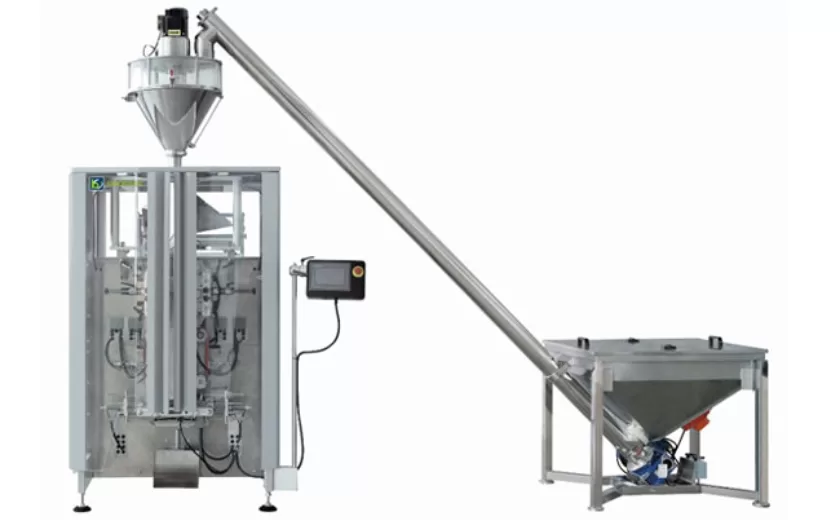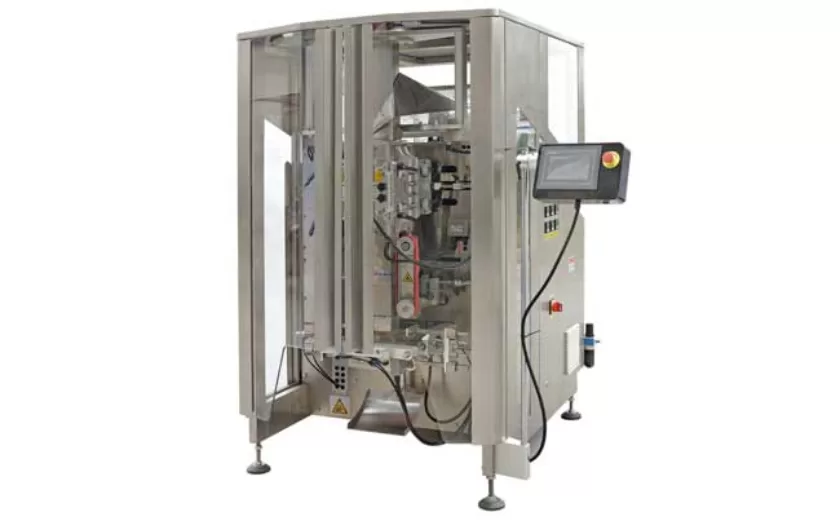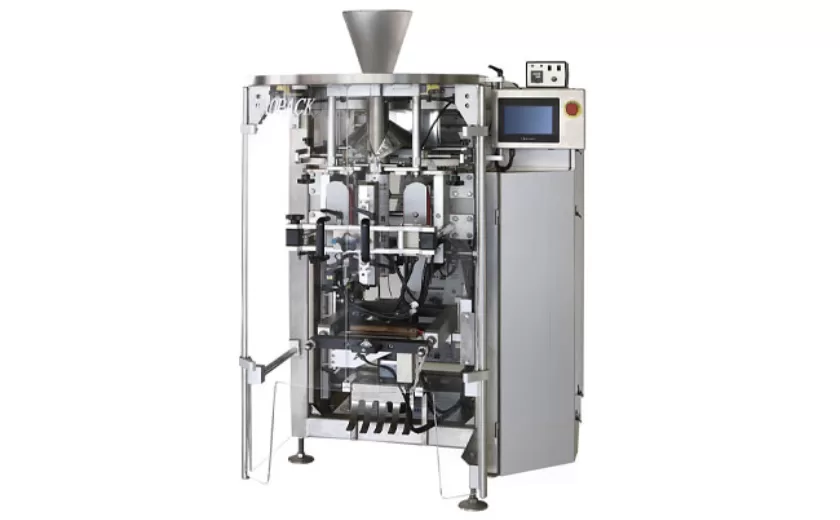When to Evaluate Your Current Weighing Process
In today’s fast-paced manufacturing environment, precision and efficiency are paramount. Weighing operations play a critical role in maintaining product quality, reducing waste, and ensuring compliance. However, even the most well-established weighing processes can become stale over time. Regular evaluations are essential to identify and address potential inefficiencies, errors, and risks.
Signs of a Weighing Process in Need of Evaluation
Like a neglected machine, a weighing process can exhibit subtle signs of distress that indicate the need for intervention. These include:
Increased weighing errors or variability
Frequent downtime or maintenance issues
Slow or inefficient workflows
Non-compliance with industry standards or regulations
Rising operating costs
Benefits of Weighing Process Evaluation
Just as a doctor performs regular checkups to maintain optimal health, evaluating your weighing process offers numerous benefits:
Improved accuracy and precision: Identifying and rectifying errors ensures accurate weighing results, minimizing product defects and waste.
Increased efficiency: Optimized workflows and reduced downtime lead to faster throughput and reduced labor costs.
Enhanced compliance: Thorough evaluations help businesses stay current with regulatory requirements, mitigating risks and protecting against costly fines.
Reduced operating costs: By eliminating inefficiencies, improving accuracy, and reducing downtime, businesses can significantly lower their weighing-related expenses.
Improved decision-making: Data from weighing process evaluations provides valuable insights for making informed decisions about equipment upgrades, process improvements, and quality initiatives.
When to Conduct an Evaluation
Regular evaluations are crucial, but it’s not necessary to overextend your team. Consider the following triggers as optimal times for a thorough assessment:
Changes in production processes or materials: New products or manufacturing techniques may introduce new weighing challenges.
Industry or regulatory changes: Evolving standards or regulations may require adjustments to your weighing process.
Problems or errors in the current process: Frequent errors or unexpected downtime warrant immediate investigation.
Planned upgrades or expansions: Before investing in new equipment or expanding your facility, it’s wise to evaluate your current weighing needs.
Benchmarking against best practices: Understanding industry benchmarks can highlight areas for improvement and identify opportunities for optimization.
By regularly evaluating your weighing process, you can ensure its continued accuracy, efficiency, and compliance. Embrace this proactive approach to unlock the full potential of your weighing operations and drive your business to greater success.
-
Advanced Packing Solutions: Snacks, Sugar, and Frozen Food Machines
29-10-2025 -
Efficient and Reliable Solutions for Salt, Nuts, and Frozen Dumplings Packing
29-10-2025 -
High-Performance Biscuits, Lollipop, and Ketchup Packing Machines for Modern Food Production
29-10-2025 -
Efficient Liquid Filling and Packing Machines for Modern Production
23-10-2025 -
Reliable Granule Packaging Machines for Efficient Production
23-10-2025 -
Efficient Auger Powder Filling Machines for Accurate Packaging
23-10-2025 -
High-Performance Liquid Filling and Packing Machines for Hygienic Production
10-10-2025 -
High-Efficiency Granule Packaging Machines for Precision and Speed
10-10-2025 -
High-Precision Auger Type Powder Filling Machines for Efficient Packaging
10-10-2025 -
Efficient Vertical Form Fill Seal Packaging Machines for Smart Production
10-10-2025











